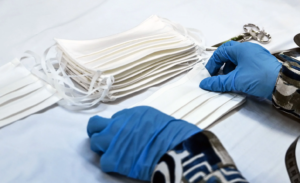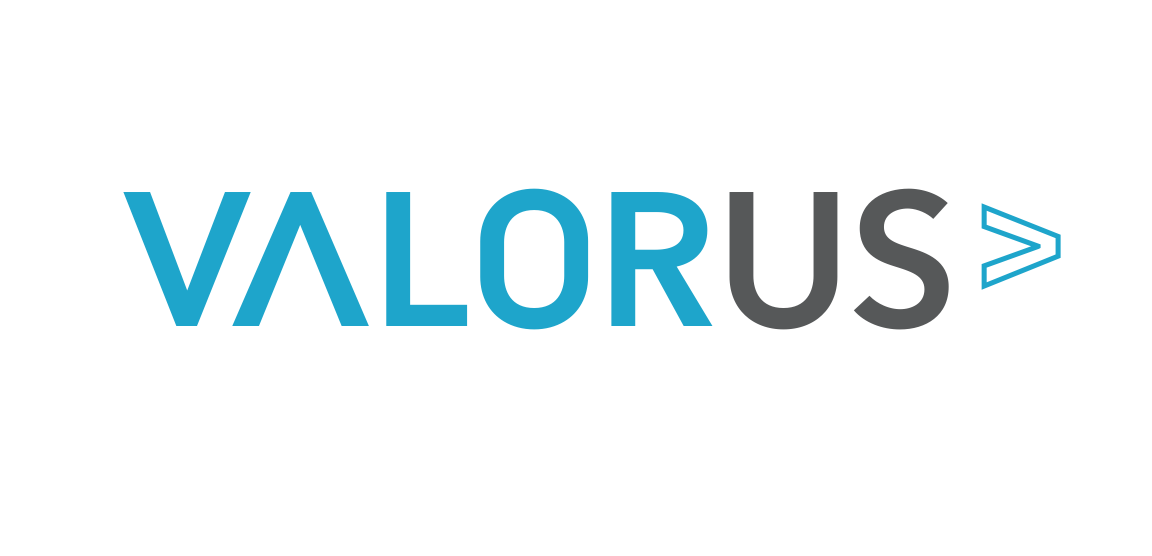 Contextualizing mask making and prevention work:
Contextualizing mask making and prevention work:
As COVID-19 continues to drastically impact the world around us, conversations ramp up about community care and mutual aid. There has been concern that prevention work will be deprioritized as the need for what is commonly thought of as direct services increases. At this time, it is important to remember that creating protective environments and addressing the social determinants of health are essential components of sexual violence prevention work. There is significant opportunity in this moment to strengthen connection with the community and utilize prevention as a tool to foster positive health outcomes and just in time for SAAM. Nationally, community members have stepped up to the plate as individuals participate in fervent mask making at home and distributing the fruits of their labor to essential businesses and vulnerable populations. Preventionists might consider using this strategy as a way to engage youth and community groups in mutual aid work that doubles as a low-tech SAAM activity.
Reasons to facilitate teal mask making this SAAM:
- Engaging young people in non-screen related activities is important for overall health
- Providing both youth and adults with a feeling of purpose can lessen anxiety during this time
- Essential businesses and vulnerable individuals need help! Think of supporting your local Planned Parenthood, farmworkers, grocery store clerks and low-income or older adults in the community. This small action has the potential to bring awareness to sexual violence, foster unlikely allies and partnerships, and add an element of increased safety to the lives of others.
- Preventing sexual violence doesn’t always mean preventing sexual violence. Often, it means preventing the conditions that are conducive to sexual violence such as financial stress, heightened anxiety, community connectedness, etc.
- Post on social media to inspire others to join. If all prevention programs across CA participated, the impact could be huge.
The Basics of Mask Making: Materials, costs, how-to, sterilization and distribution
Materials Needed:
- Teal fabric
- Strips of knit fabric or elastic
- Sewing needles
- Thread
- Plastic Gloves (optional)
- Safety pins (optional)
Material Acquisition and Costs:
*NOTE: While all of the following supplies could be procured from Amazon, wait times for shipping are extensive. Additionally, consider contacting local quilting or fabric stores in the region for supplies.
- Teal fabric
- Joann Fabric has many teal options at about $5.39 a yard. Buyers can order online or save 20% (and shipping time) by using Joann’s curbside pickup. A yard of fabric makes about 10 masks. Find your local Joann’s by using this store locator.
- Strips of knit fabric or elastic
- There is still some elastic at Joann’s online for about $3.99 per yard. Each participant should receive about 2 yards of elastic. Each yard makes enough for approximately six masks.
- Sewing needles
- Joann’s sells 50 packs of assorted hand needles for $5.99. Each participant should receive around 5 needles each (they get lost easily!). Alternatively, Joann’s sells 6 packs of sewing needles for $2.99 each.
- Thread
- Joann’s also sells packs of spools of thread (seven in a pack) for $4.89 each. Each individual should receive their own spool of thread. If funding isn’t a barrier, Joann’s also sells heavy duty teal thread for $5.94 per individual spool.
- Gloves
- Disposable nitrile gloves can be purchased online for about $28.00 per 50 pairs. Dishwashing gloves can be purchased for $2.00 a pair (and reused) at most grocery stores.
- Safety pins
- Joann’s sells 50 packs of safety pins for $3.99 each. If safety pins are being utilized in lieu of sewing, it takes six safety pins to make a mask.
Organizations should review their supplies budgets for each program and check in with their funders to determine if funding can be allocated toward mask materials and/or if budgets need to be adjusted to accommodate the project. Other options include using unrestricted funds, asking a board member or other community member for donations, or locating a local quilting group to ask for fabric donations.
TOTAL ESTIMATED COST PER MASK: $2.00-$3.50
How to Make a Mask:
Check out this video tutorial on YouTube with details on making well-constructed masks. Sewing machine or some sewing skill required.
Check out this video from Joann Fabrics about how to make a very simple cloth mask with minimal sewing (safety pin option is included) with a cloth band for areas that are sold out of elastic.
Check out this article with pictures and an accompanying video from the CDC about how to make masks with no sewing.
Sterilization:
It is advisable (but not necessary) for people making masks to wear gloves and safety masks. It is essential to wash hands thoroughly, be symptom free, and disinfect the work environment. Please review the follow articles and CDC guidelines for mask making:
- Use Cloth Coverings to Help Slow the Spread of CIVD-19
- How to Wear Cloth Face Coverings
- Face Mask Guidelines (Health University of Utah)
Suggestions for Distribution:
Preventionists can assist with distribution by assembling “mask kits” or dropping off supplies on participant’s doorsteps. Another option is to choose a location to leave materials and have participants come retrieve them individually from the safe location. Snail mail is a third option.
Agencies can also help facilitate mask making by scheduling “how-to” workshops via zoom or putting together their own video or instructional sheets to share with parents/caregivers and other community members.


